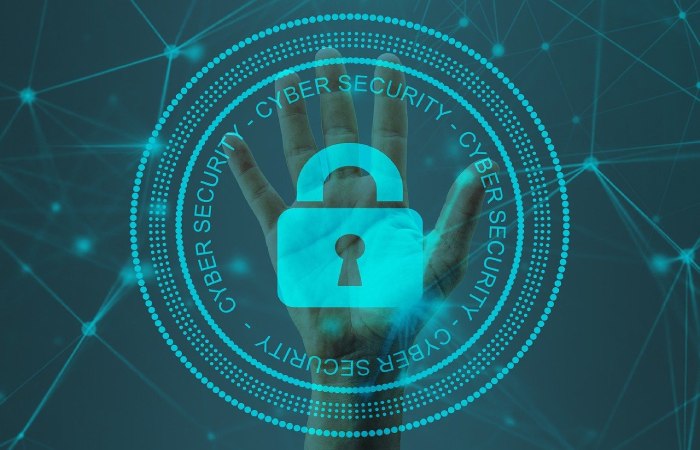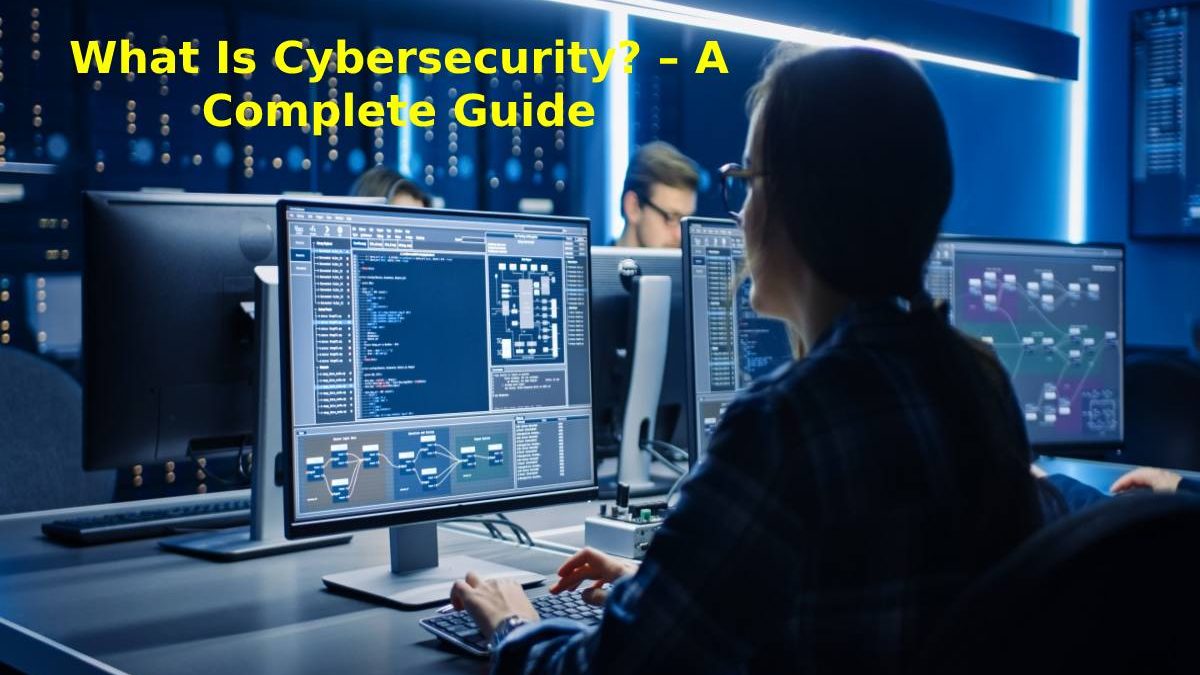Cybersecurity is the process and regular practice of protecting data, networks, and computers from misuse due to external cyberattacks or other threats. Safe data typically includes contact information, passwords, credit card numbers, bank account information, passport or driver’s license numbers, social security numbers, health records, and other sensitive information.
Personal data is precious. Computers or “hackers” know this, and companies, too. That is why they do everything possible to collect them, although one of the more morally and legally.
Table of Contents
Why is Cybersecurity Important?

A few years ago, data breaches exposed more than 4 billion records. A recent study found that a cyberattack occurs every 39 seconds, for an average of 2,244 attacks per day.
Small and medium-sized creativities, or SMEs, are the most vulnerable. Only big companies like Target and Sears make the headlines, but SMEs are the preferred target of cybercriminals.
Key Cybersecurity Concepts
Cyber security is very intimidating, just like cryptocurrencies and artificial intelligence. It can be challenging to understand, and frankly, it sounds unsettling and complicated.
Authentication
Authentication is the method of checking the identity of a user. For example, your passwords authenticate that you are the person with the corresponding username. When you show some identification (e.g., driver’s license), the fact that your photo looks like you is a way of confirming that the name, age, and address on it are yours. Many organizations use two-factor authentication, which we’ll talk about later.
Backup
This term designates transferring essential data to a secure location, such as a cloud storage structure or an external hard drive. You can recover your systems from a cyber attack or failure with backups.
Data Breach
A data breach occurs when a hacker enters or gains unauthorized access to a person’s or company’s data. If it’s a law firm business, you might need legal document storage to protect this sensitive information offline or in the cloud. If it’s a bank, then you may need to invest in secure servers and encryption technology.
Digital Certificate
A digital certificate, also recognized as an identity or public critical certification, is a type of password used to securely exchange data over the Internet. A digital file embedded in a device or hardware provides authentication when sending or receiving data to another device or server.
Encryption
It is the practice of using codes and keys to encrypt data. When information is encrypted, a computer uses a key to convert it to clear text, and only a recipient with the correct key can decrypt it. If an attacker accesses strongly encrypted data but doesn’t have the key, he won’t be able to see the translated version.
HTTP and HTTPS
Hypertext Transfer Protocol (HTTP) is the way web browsers communicate. You’ll likely see HTTP:// or HTTP:// in the URLs of websites you visit. HTTP and HTTPS are the same things, except that HTTPS encrypts all data sent between you and the web server. The “s” comes from, which stands for “security.” Almost all websites use HTTPS to improve the privacy of your information.
Vulnerability
A vulnerability is a weak point that a hacker could exploit to execute a cyber attack. For example, we can mention software bugs that need patching or a password reset process initiated by an unauthorized user. Defensive cybersecurity measures (such as those discussed below) help ensure data protection by placing layers of protection between attackers and the objects they are trying to access or the actions they are trying to take.
Types of Cyber Attacks
Password Guessing Attack (Brute Force Attack)
A password guessing (or “credential stuffing”) attack occurs when a hacker constantly tries to guess usernames and passwords. Available username and password combinations obtained in previous data breaches are often used. Everything is easier for the attacker if users use weak or the same passwords on different systems (for example, Facebook and Twitter). The best way to protect yourself from these attacks is to use strong passwords and create different passwords for the sites you use, although two-factor authentication, which we’ll cover later, is also a great option.
Distributed Denial of Service (DDOS) Attack
These attacks happen once a hacker floods a network or system with a ton of activity (such as messages, requests, or website traffic) to bring it to a standstill. It usually uses botnets, which are groups of devices connected through the Internet (for example, laptops, smart light bulbs, game consoles, servers, etc.) infected with viruses that allow the hacker to carry out different attacks.
Malware Attack
“Malicious Software” refers to all malicious programs used by hackers to infiltrate computers and networks and collect sensitive data. These are some types of malicious software:
- Keyloggers: They record everything a user types on their keyboard. They are typically used to capture passwords and other sensitive information, such as social security numbers.
- Ransomware: encrypts data and holds it, hostage. People must pay a ransom to unlock and regain access to them.
- Spyware: Monitors and spies on user activity on behalf of a hacker.
Additionally, malware can be spread in the following ways
- Trojans: Infect computers through a seemingly benign entry point, often masquerading as legitimate applications or other software.
- Viruses: Corrupt, delete, modify, or capture data, and sometimes physically damage computers. Viruses can spread from one structure to another, even when affected users accidentally install them.
- Worms: They are designed to self-replicate and spread autonomously across all connected computers susceptible to the same vulnerabilities.
Phishing Attack
A phishing attack is when hackers trick people into doing something. Phishing scams can be carried out through a download, link, or message that appears legitimate. It is a very mutual kind of attack. More than 75% of organizations fell victim to phishing in 2018 alone. Phishing is typically done through emails or a fake website and is also known as phishing. Furthermore, spear-phishing occurs when a hacker focuses on attacking a particular user or company rather than creating spam with a more general purpose.
Cybersecurity Tips For Business
Defensive cybersecurity solutions don’t work if you don’t do your part. So to protect company and customer data, adopt these good cybersecurity habits throughout your organization.
Require Strong Passwords
Ask your staff and your user base (if applicable) to create strong passwords. For example, you can implement a character minimum and require a combination of upper and lower case letters, numbers, and symbols. Remember that complex passwords are harder for humans and bots to guess. It also requires that these be changed periodically.
Control and Monitor Staff Activity
In your company, grant access to essential data only to authorized personnel who need it to do their jobs. It prohibits data sharing outside the organization, requires permission to download external software, and encourages staff to lock down their computers and accounts when they’re not using them.
Know your Network
With the growth of the Internet of Things, enterprise networks are teeming with IoT devices. However, these devices, out of corporate control, could introduce risks because they are often unprotected, run vulnerable software that hackers can exploit, and provide a direct path to an internal network.
Conclusion
Cybersecurity or information technology security is the safety of computer systems and networks from data disclosure, theft of, or harm to their hardware, software, or electronic data and the disruption or misdirection of the facilities they provide.
Also Read: HP Office jet Pro 8025e All-In-One Printer Driver Download

